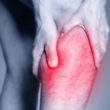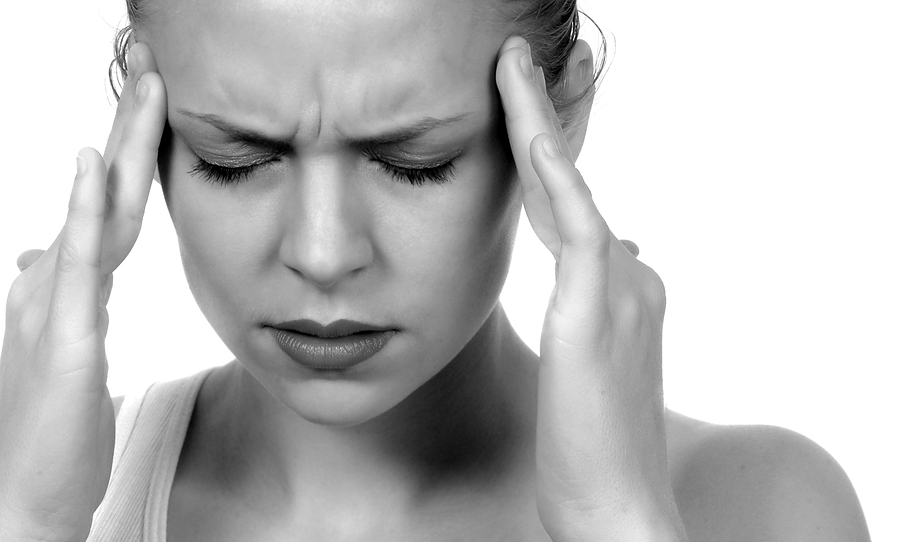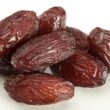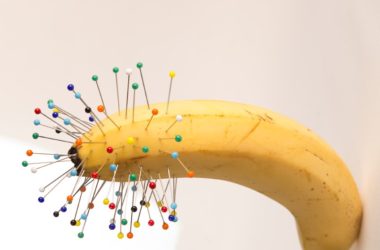Acute headaches are those types of headache or discomfort that occur suddenly and worsen quickly. These may be triggered by stress; changes in or lack of sleep; hormones; a fall or a blow to the head; certain types of food, such as processed meats that contain nitrates; alcohol; or an underlying medical condition, such as an infection, toothache, thyroid problems and tumors
According to Harvard Health, in 9 out of 10 cases, doctors don’t fully understand what causes headaches. Out of the 300 or so types of headaches, only about 10% of them have a known cause. The most common types of headaches are:
Tension headache: Tension headaches are very common. The pain is often mild to moderate with the pain usually located across the forehead or at the back of the head. Tension headaches occur infrequently and most lasts for 20 minutes to 2 hours.
Migraine: Migraine headaches occur a lot less than tension headaches, but the pain is often much more severe. The pain is typically located on one side of the head, starting around the eye and temple before extending to the back of the head. The pain is often described as pulsating or throbbing.
Cluster headache: This is the most uncommon, yet the most severe type of headache. Like its name, the headaches tend to come in clusters, with headaches occurring one to eight times a day which lasts for a few days, weeks, or months. The pain occurs abruptly at one side of the head and lasts for 30 minutes to an hour.
Most types of headaches disappear on their own and may not need medical attention, though severe ones may require a little help from over-the-counter pain killers. Before you reach out to your medicine cabinet, try the following natural home remedies for headaches.
1. Chew on Ginger
Ginger has been used in traditional Chinese and Ayurvedic medicine since ancient times. Ginger eases headaches by inhibiting the synthesis of prostaglandin, a hormone that sends pain signals to the brain. Ginger can also quell the nauseated feeling associated with migraines.
Put three quarter-sized ginger in a mug and cover it with 2 cups boiling water. Cover the mug. Steep for about 10 minutes and then take out the ginger. Sip and enjoy. You can add a little honey for taste.
2. Rosemary and thyme head rubs
Dab a little rosemary or thyme essential oil to your temples and gently rub it into your skin. Then sit quietly and wait for this home remedy to work. Rosemary and thyme essential oils contain carvacrol, a substance that acts like a non-steroidal anti-inflammatory drug like ibuprofen. It relieves headaches by inhibiting the synthesis of prostaglandins, a type of hormone that causes pain and inflammation.
3. Hot and cold compress
Headaches are sometimes caused by inflamed blood vessels pressing on the nerves. Headaches of this type would benefit with a cold compress to constrict the inflamed vessels and relieve some of the pressure causing the pounding pain. Other headaches are caused by tension and anxiety, causing muscles to tighten up and pinch on nerves and blood vessels. This type of headache would benefit from a hot compress in order to loosen up the muscles and relieve the pressure acting on the nerves and blood vessels.
Play around which works for you. Some people find it helpful if they alternate between hot and cold compresses.
Stew Feverfew tea
Feverfew has long been used since ancient times to treat a wide range of maladies, including fever, inflammation of all kinds and all sorts of aches and pains. These days, feverfew is widely used as a natural treatment for migraines because of its ability to constrict blood vessels. It is also effective in reducing inflammation and pain due to its parthenolide content, which functions similar to an aspirin.
To make the tea, add 1 ounce of feverfew dried or fresh flowers to a pint of boiling water. Steep for 10 minutes and then drain the flowers. Drink half a cup a day or as needed.
4. Take Butterbur extract
People used to wrap and preserve butter in butterbur leaves. These days, butterbur is used as a treatment for migraines along with other maladies, such as coughs, fever and general pain. A research on the effect of butterbur showed that participants who took two 25mg of butterbur over a 12-week period had less migraine attacks than participants who took a placebo.
Butterbur pills that are extracted from the root are widely available. The recommended dosage is two 75mg pills a day for a month, thereafter reducing it to two 50mg pills a day.
5. Relax with Peppermint oil
A cross between spearmint and water mint, peppermint has long been lauded for its medicinal and culinary uses. Aside from healing headaches, it is also used to treat nausea, toothaches, spasms, and gastrointestinal problems.
Its active ingredient menthol has been found to be effective in relieving migraines and easing nausea. Dilute the peppermint oil with a little lavender oil and rub this on your temples and forehead to relieve you of pain from headaches.
6. Soothe with Lavender oil
This fragrant essential oil has been used since Greek and Roman times as a remedy for a wide variety of maladies, such as stress, fatigue and insomnia. Many of its ancient uses are still popular today, including as a cure for headaches.
Rub a few drops of lavender oil onto your temples and gently massage it in. Then sit quietly and wait for it to work. Breathe in the scent to help you relax and be still.
7. Drink up
Drinking water may seem too simple or too obvious to be a remedy for headaches, but it can. Too much coffee, sugary drinks and alcohol can dehydrate you and hence, the headache. As soon as you feel your head is starting to ache, drink a glass of water and continue to sip throughout the day. Gradually, your headache will let up plus you’d be more rehydrated.













